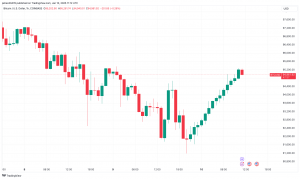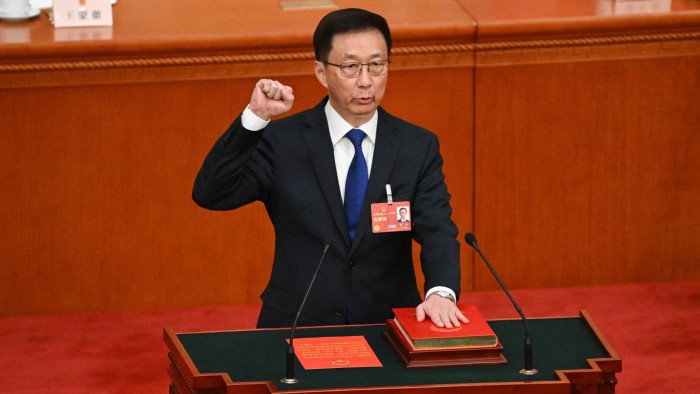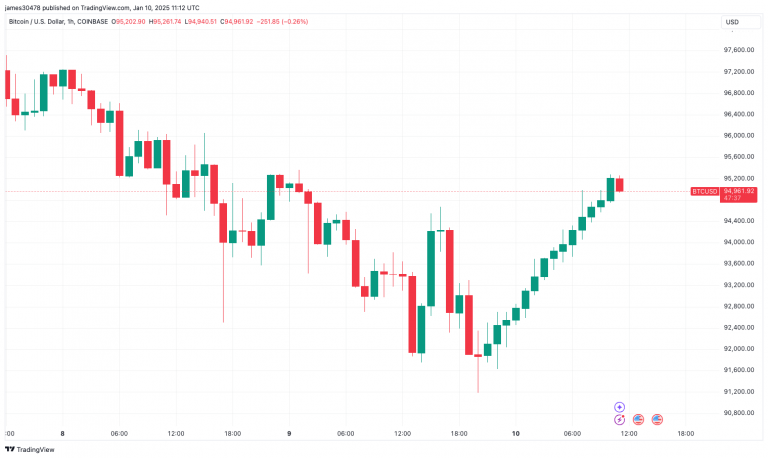Unlock the White House Watch newsletter for free
Your guide to what the 2024 US election means for Washington and the world
China’s President Xi Jinping will send a high-level envoy to Donald Trump’s inauguration, in an unprecedented move designed to reduce friction between the countries at the start of the new US administration.
Beijing told Trump’s transition team that the top official would attend instead of Xi, according to several people familiar with the talks. The envoy would also hold talks with Trump’s team, several people said.
Trump extended an unusual invitation to Xi to attend his inauguration on January 20 in a sign that he intended to resume the kind of high-level engagement with the Chinese leader that he conducted during his first term in the White House.
Beijing is desperate to ease friction with Washington as it braces for a possible serious escalation in trade tensions. Chinese officials struggled to meet Trump advisers in the run-up to November’s US election, raising concern in Beijing that they would be unprepared for any shift on China.
Several people said Xi could send Han Zheng, a vice-president who sometimes stands in for him in ceremonial roles. Another option is foreign minister Wang Yi.
One person familiar with the situation said some Trump advisers wanted Cai Qi, a member of the Politburo Standing Committee who wields much more power than Han or Wang in his capacity as Xi’s right-hand man.
Another person familiar with the views inside the transition team said there was some concern that Trump would be unhappy if the envoy was only at the level of Wang or Han given that he had invited the Chinese leader.

“The Chinese need to send the appropriate level of official to start the relationship off on the right foot,” the person said.
Wang would not be viewed as sufficiently high-level because he ranked below Cai and Han and was a career diplomat, said one China expert.
The Chinese embassy in Washington did not comment. The Trump team did not respond to requests for comment.
The attendance of any of the officials would be unprecedented, given China has previously been represented by its ambassador in Washington.
“Trump is probably deemed too unpredictable for Xi to take the domestic risk of attending in person,” said Dennis Wilder, a former top White House China adviser. “By sending a special envoy of significant stature to get meetings with Trump and his cabinet, Xi can demonstrate that he wishes to get off on the right foot with the Trump administration without risking that he could return home empty-handed or publicly embarrassed.”

Several people said that beyond the ceremonial element, the Chinese envoy would also hold substantive discussions with the new Trump team.
Beijing is bracing for turbulence with Washington, particularly after Trump named a series of China hawks to top national security positions.
Mike Waltz, Trump’s incoming national security adviser, and his deputy Alex Wong are both viewed as being very tough on China. Trump has also named Republican US Senator Marco Rubio, one Congress’s most vocal China hawks, to be his secretary of state.
Trump said this week that his team was already in contact with Beijing. “We’ve been talking through their representatives,” Trump said in an interview with the Hugh Hewitt radio show, when he also blamed China for the Covid-19 pandemic in 2020.


























+ There are no comments
Add yours